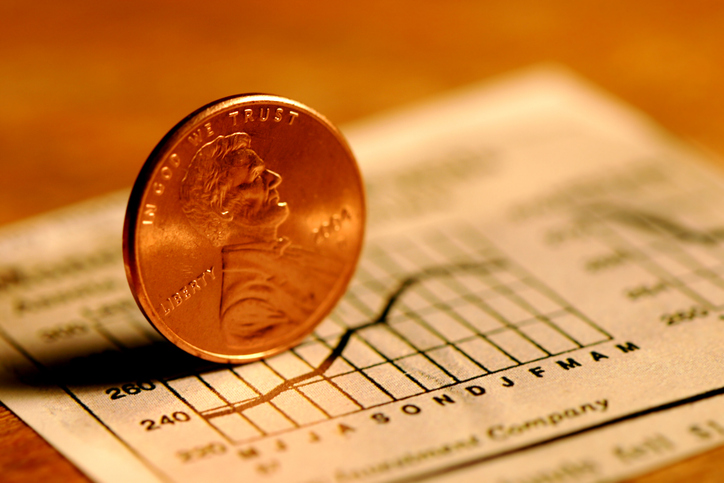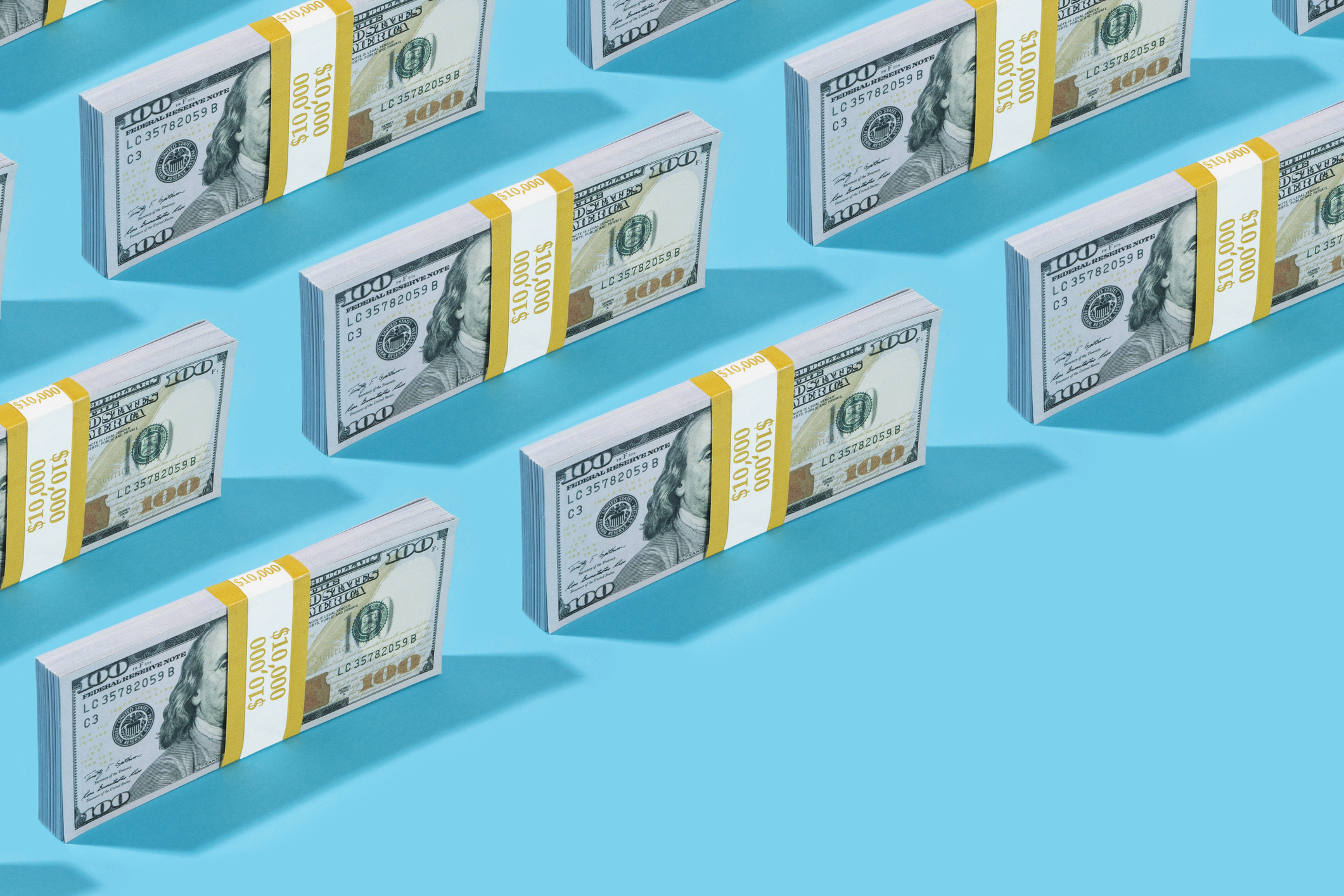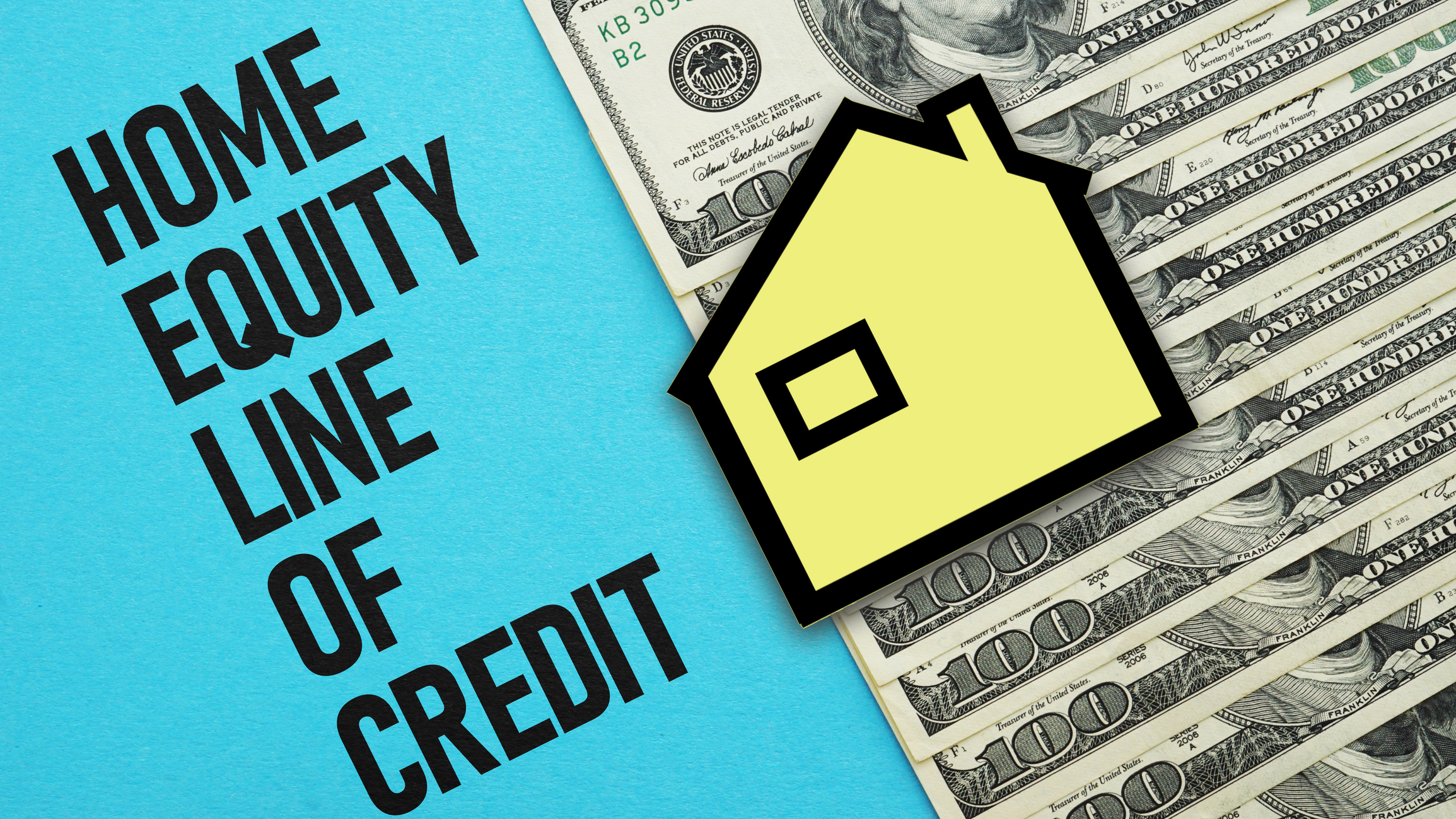How to Skip Fees at the Bank
You can steer clear of fees, especially if you choose your account wisely. Here are some tips to keep them at bay.


If you’re not careful, the fees that come with using a checking account can add up quickly.
Getting cash from an out-of-network ATM costs more than ever. Average total ATM fees, including both the charge from your own bank as well as from the ATM’s operator, are at a record high of $4.86, according to a recent Bankrate survey.
The average minimum balance required to avoid a monthly maintenance fee on an interest-bearing checking account has reached an all-time high, too. Customers have to keep $10,705 in their accounts to sidestep a fee of $15.65, on average.
From just $107.88 $24.99 for Kiplinger Personal Finance
Become a smarter, better informed investor. Subscribe from just $107.88 $24.99, plus get up to 4 Special Issues

Sign up for Kiplinger’s Free Newsletters
Profit and prosper with the best of expert advice on investing, taxes, retirement, personal finance and more - straight to your e-mail.
Profit and prosper with the best of expert advice - straight to your e-mail.
Overdraft fees have dropped slightly from 2024, but they’re still steep, averaging $26.77.
The good news is that you can steer clear of all these fees, especially if you choose your account wisely. Use these tips to keep them at bay.
Beat ATM surcharges
Before you withdraw cash at an ATM, make sure the ATM is in your bank’s network. Some institutions are members of large networks, such as Allpoint or MoneyPass, that allow customers to withdraw money fee-free from tens of thousands of ATMs around the country.
And members of credit unions that are part of the CO-OP network can access more than 30,000 surcharge-free ATMs nationwide.
Another idea: When you use your debit card to make purchases at participating retailers, such as some grocery stores and pharmacies, you may be able to get cash back as part of the transaction (but check first whether the merchant charges a fee for this service).
Keep in mind that retailers often impose lower limits than ATMs on how much cash you can get.
Some banks reimburse customers for out-of-network ATM surcharges. Ally Bank, for example, refunds up to $10 monthly in ATM fees for those who use its checking account or money market deposit account.
Charles Schwab Bank reimburses all ATM surcharges, both in the U.S. and abroad, with its Investor Checking and Investor Savings accounts.
The Cash Management Account from Fidelity Investments includes unlimited reimbursement of ATM fees worldwide, too.
Dodge other fees
You can still find free, no-strings checking accounts. The above-mentioned accounts from Ally Bank, Charles Schwab Bank and Fidelity don’t charge a monthly fee, and other internet banks offer no-fee checking, too, including Axos Bank, Capital One 360, Discover Bank and EverBank.
Even checking accounts that charge a monthly fee usually offer at least one way to avoid it. You may be able to skip the fee if you set up direct deposit, for example.
And plenty of accounts that include a minimum-balance requirement as a qualification have a threshold of less than $10,000. TD Bank, for instance, lets you skip the $15 monthly fee on its Beyond Checking account if you meet one of three requirements, and one of them is maintaining a daily balance of $2,500 in the account.
If you’re enrolled in overdraft coverage, your bank will cover for you if you spend more money than you have in your checking account, but it’ll charge you an overdraft fee.
You can opt out of overdraft coverage; in that case, your debit card may be declined in a transaction if you have inadequate funds in your account.
Alternatively, many banks let you link your checking account to a backup source, such as a savings account, and have money automatically transferred if you overdraw your checking account.
Some institutions charge a fee for this service, but it’s typically less than what you’d pay for overdraft coverage. Other banks offer overdraft transfers at no extra charge.
Note: This item first appeared in Kiplinger Personal Finance Magazine, a monthly, trustworthy source of advice and guidance. Subscribe to help you make more money and keep more of the money you make here.
Related Content
Profit and prosper with the best of Kiplinger's advice on investing, taxes, retirement, personal finance and much more. Delivered daily. Enter your email in the box and click Sign Me Up.

Lisa has been the editor of Kiplinger Personal Finance since June 2023. Previously, she spent more than a decade reporting and writing for the magazine on a variety of topics, including credit, banking and retirement. She has shared her expertise as a guest on the Today Show, CNN, Fox, NPR, Cheddar and many other media outlets around the nation. Lisa graduated from Ball State University and received the school’s “Graduate of the Last Decade” award in 2014. A military spouse, she has moved around the U.S. and currently lives in the Philadelphia area with her husband and two sons.
-
 AI Appliances Aren’t Exciting Buyers…Yet
AI Appliances Aren’t Exciting Buyers…YetThe Kiplinger Letter Artificial intelligence is being embedded into all sorts of appliances. Now sellers need to get customers to care about AI-powered laundry.
-
 Ask the Editor: IRAs, 401(k)s and RMDs
Ask the Editor: IRAs, 401(k)s and RMDsAsk the Editor In this week's Ask the Editor Q&A, Joy Taylor answers questions on IRAs, 401(k)s and required minimum distributions
-
 Got $100 to Gamble? These Penny Stocks Could Be Worth the Ride
Got $100 to Gamble? These Penny Stocks Could Be Worth the RideVolatile penny stocks are high-risk plays with potentially high rewards. If you have $100 you can afford to lose, these three names are worth a look.
-
 AI Appliances Aren’t Exciting Buyers…Yet
AI Appliances Aren’t Exciting Buyers…YetThe Kiplinger Letter Artificial intelligence is being embedded into all sorts of appliances. Now sellers need to get customers to care about AI-powered laundry.
-
 I'm an Insurance Pro: Going Without Life Insurance Is Like Driving Without a Seat Belt Because You Don't Plan to Crash
I'm an Insurance Pro: Going Without Life Insurance Is Like Driving Without a Seat Belt Because You Don't Plan to CrashLife insurance is that boring-but-crucial thing you really need to get now so that your family doesn't have to launch a GoFundMe when you're gone.
-
 The Top 22 Gifts for Grandkids from Walmart in 2025
The Top 22 Gifts for Grandkids from Walmart in 2025From PlayStation to Labubu, you'll find the hottest gifts of 2025 for your grandkids at Walmart this year. Some of them are up to 78% off.
-
 CD vs. Money Market: Where to Put Your Year-End Bonus Now
CD vs. Money Market: Where to Put Your Year-End Bonus NowFalling interest rates have savers wondering where to park cash. Here's how much $10,000 earns in today's best CDs versus leading money market accounts.
-
 Meet the World's Unluckiest — Not to Mention Entitled — Porch Pirate
Meet the World's Unluckiest — Not to Mention Entitled — Porch PirateThis teen swiped a booby-trapped package that showered him with glitter, and then he hurt his wrist while fleeing. This is why no lawyer will represent him.
-
 Smart Business: How Community Engagement Can Help Fuel Growth
Smart Business: How Community Engagement Can Help Fuel GrowthAs a financial professional, you can strengthen your brand while making a difference in your community. See how these pros turned community spirit into growth.
-
 Smart Money Moves Savers Should Make in 2026
Smart Money Moves Savers Should Make in 2026These steps will get you on the road to achieving your 2026 savings goals.
-
 How Much Would a $50,000 HELOC Cost Per Month?
How Much Would a $50,000 HELOC Cost Per Month?Thinking about tapping your home’s equity? Here’s what a $50,000 HELOC might cost you each month based on current rates.